In my school, classroom teachers are responsible for RTI interventions and progress monitoring for their Tier 2 students, and we have a couple different programs that we use for reading. However, for math we pretty much have to come up with our own resources. I’ve found resources that had pieces of what I was looking for, but I never found anything that offered consistent, grade level assessments for progress monitoring. I’ve been able to piece together different assessments, but I’ve always felt a little concerned about the inconsistency between the assessments.
I finally gave up the search and decided to just create the math RTI assessments myself. In the RTI product, I’ve created a set of ten assessments for five of the major concepts I’ll teach this year. There are 50 total assessments that are perfect for progress monitoring. For each concept, there are ten different assessments. This will allow me to progress monitor with consistency from one assessment to another.
I’m thrilled that for the first time ever, I feel organized with RTI. We’ve been implementing it for years, but it’s taken me a LONG time to find my rhythm! I’ve tried out all kinds of different strategies to find a way to keep my head above water, and I think I finally found the system that works for me.
Next week will be my fourth week of math RTI instruction/documentation, and I’m finally finding my groove. I first gave my students a universal screening on our place value standards, and I was THRILLED that no one scored less than 70% on the assessment, so I didn’t need any place value RTI groups. When I give a universal screening, I assess all students to catch any potential areas of concern or need that I may have missed. I give the universal screening AFTER my instruction on a topic. While I’m teaching that topic, I’m continually assessing with formative assessments and remediating in small groups as necessary. However, I don’t consider those small groups my RTI groups. I don’t place students in RTI if they just need a little more time and practice.
After I gave my place value screener, I gave an addition screener, which showed me that I would need to form an RTI group for addition. After a couple weeks, and several of my students have already met their addition goals, so as of next week, I’ll have two math RTI groups. One group will focus on subtraction, and the other group will continue working on addition. All of my students in the addition group will eventually need to focus on subtraction, but we’re only focusing on one skill at a time. Once they meet their addition goal, they’ll start subtraction. It will be several weeks before I give a universal screening on multiplication, since I’m just beginning that unit. I meet with my RTI groups on Tuesdays and Thursdays while my other students are completing their math centers.
I meet with my two RTI groups twice a week (Tuesday and Thursday) for 20 minutes each session. During that time, I focus on ONE particular concept. It is soooo tempting for me to work on what I’m teaching in class, but I do try to limit what I teach in RTI to one concept at a time, which makes recording data more efficient and reliable. I focus on what I am currently teaching in my Monday, Wednesday, and Friday groups. My Monday, Wednesday, and Friday math groups are very flexible, and I work with students on a needs based approach. My RTI groups are not quite as flexible, because I want student data to be consistent, so I do continue meeting with those students until their data indicates they are ready to be removed from the group.I keep all of my lesson plans, notes, and data in a three-ring binder. It’s so nice to have everything organized and in one place. Far too often I found myself with stacks all over the classroom, and then I couldn’t find anything.
I’ve divided the front portion of the binder into four sections: addition, subtraction, multiplication, and division. (Thankfully, I didn’t need a place value section this year.) I keep my addition notes and lessons plans in the addition section, and now that I’m getting ready to start subtraction, I’ll begin adding information to that section soon.
I keep my RTI lessons and notes in this binder. I record the date, activities or specific strategy taught, and I make notes and observations. It’s been very interesting to discover common error patterns with my students, and I’ve been careful to record those as well. I keep a separate sheet for each of my math RTI groups, so the top of each sheet is labeled with the students name, RTI concept, and standard.
I also have a page divider with a pocket for each student I am working with. In the pocket, I keep all of the student’s CBMs and their progress monitoring graph. I give one CBM a week and have my students graph their results. This is absolute favorite part of RTI, because students love looking at their growth.
It’s been rewarding to see several my students make great progress over the last few weeks, but it’s also raised a red flag for a few of my students. I’ve always known when a student was having trouble, but there’s just something to having that visual right there in front of me. I’ve loved having the graphs and assessments at parent conferences and RTI meetings, because it’s consistent and objective data.
Eventually, I’ll have groups working on other concepts such as multiplication and division. As with the other concepts, I’ve included 10 assessments for each concept of skill. Each assessment is written in the same format with the same number of questions and the same level of difficulty for consistency.
My biggest concern is the possibility of needing three RTI groups. I worry that I’ll end up with a couple students on addition, a couple on subtraction, and a few on multiplication. I can manage two groups, but I’m not so sure about three. How do you (or would you) handle that? Click {here} for your copy of the forms I’ve mentioned above. I’ve even made some of the forms editable, which I am so excited about! Click {here} for more inserts!


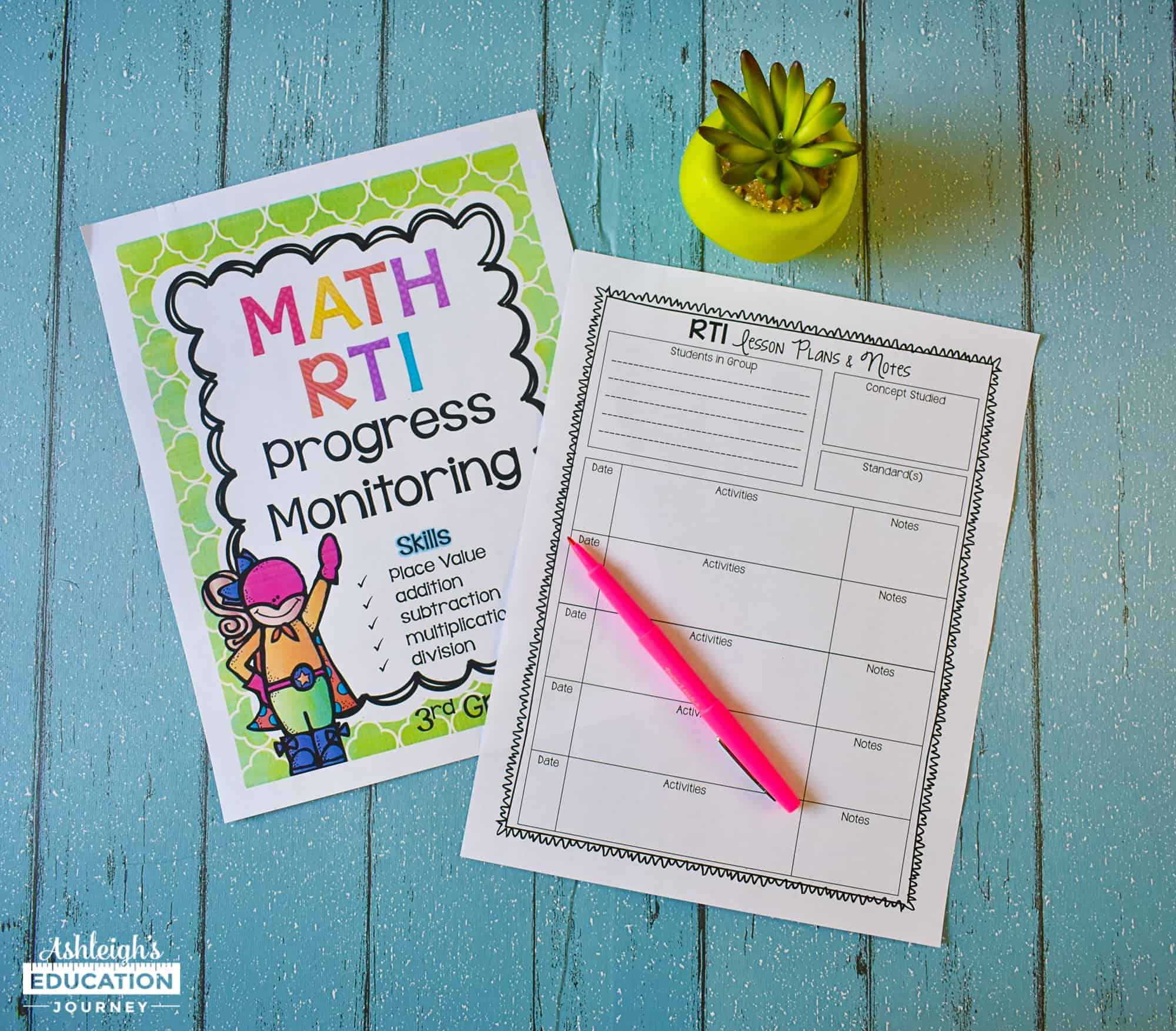
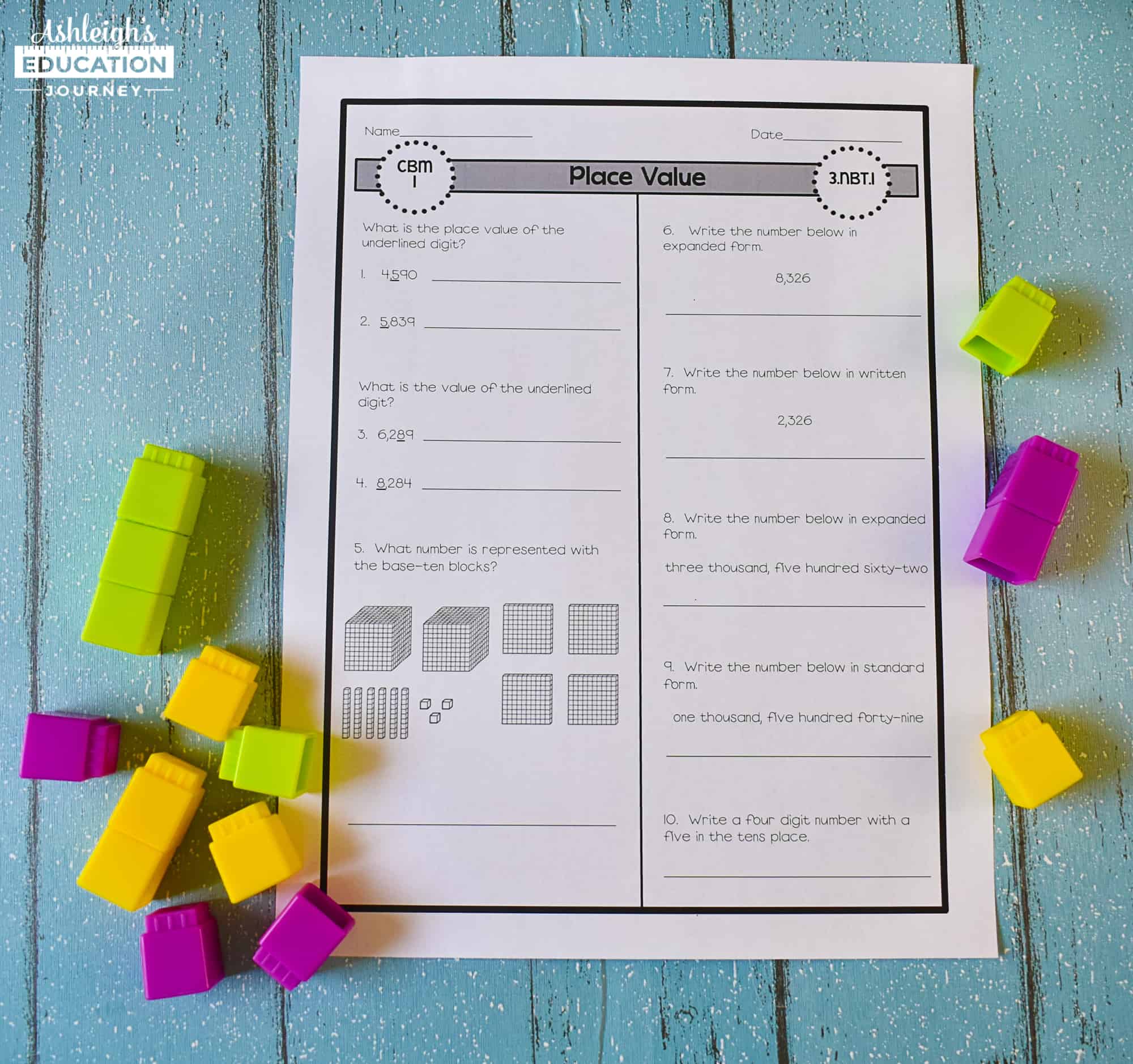
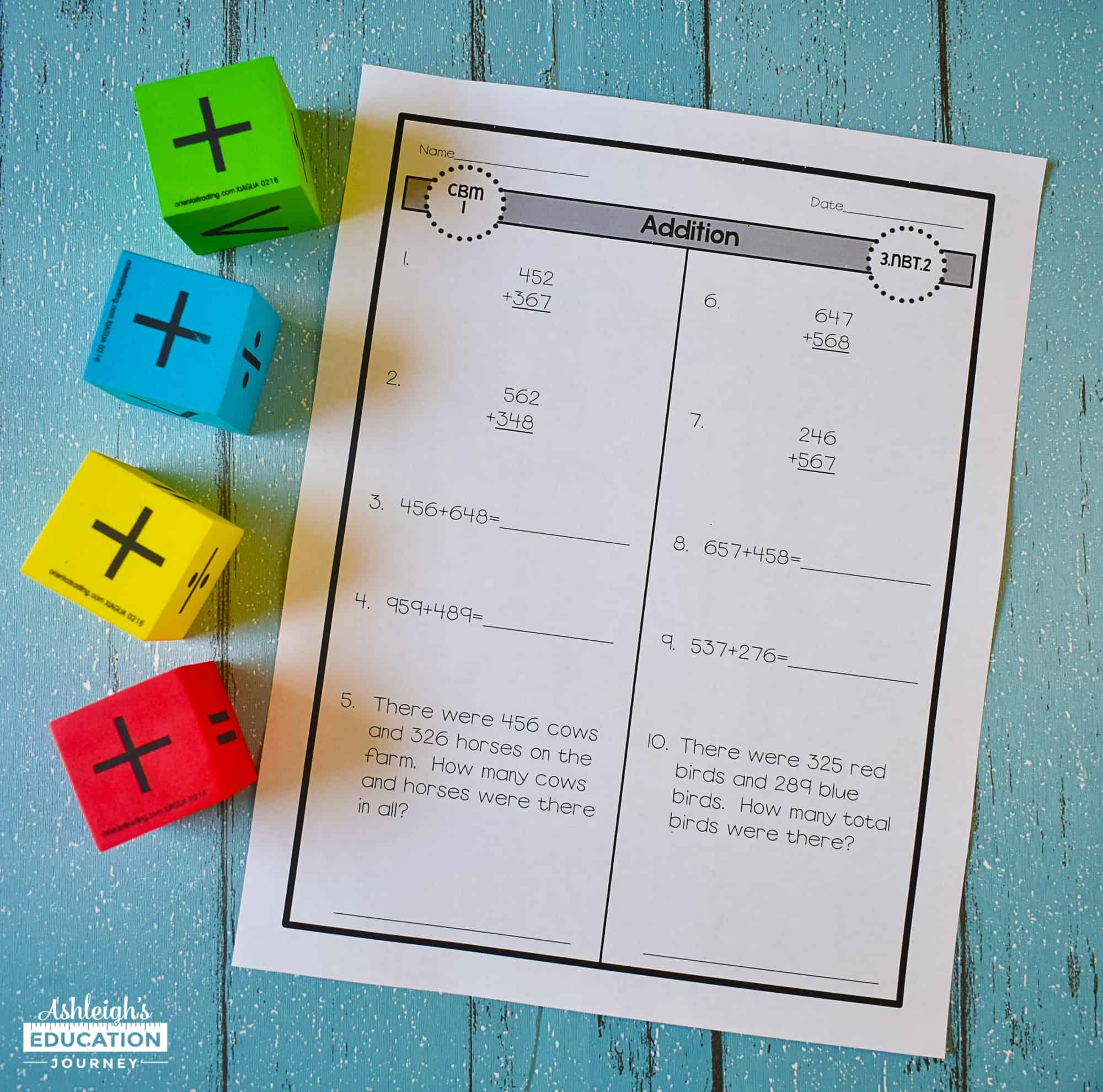
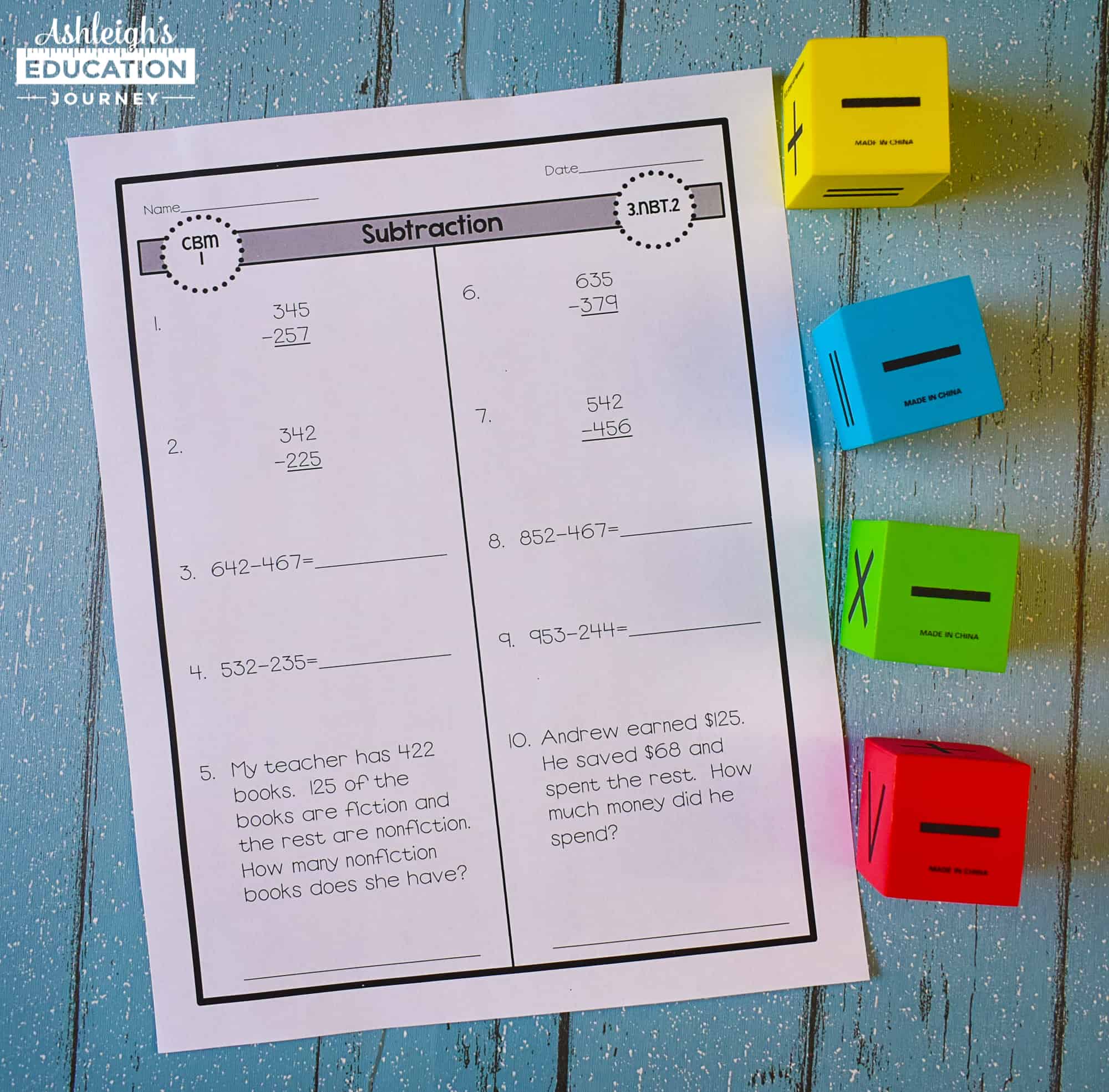
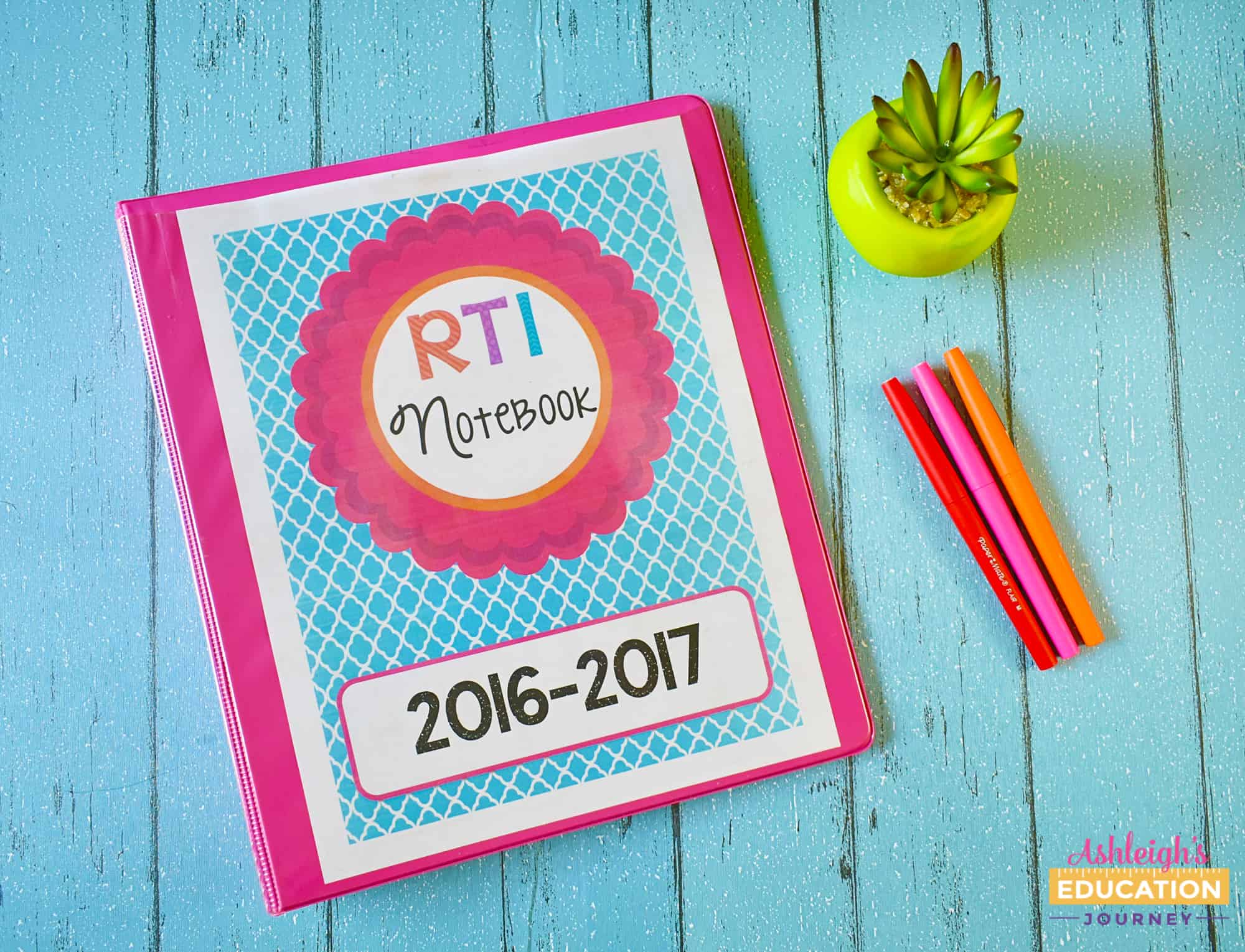
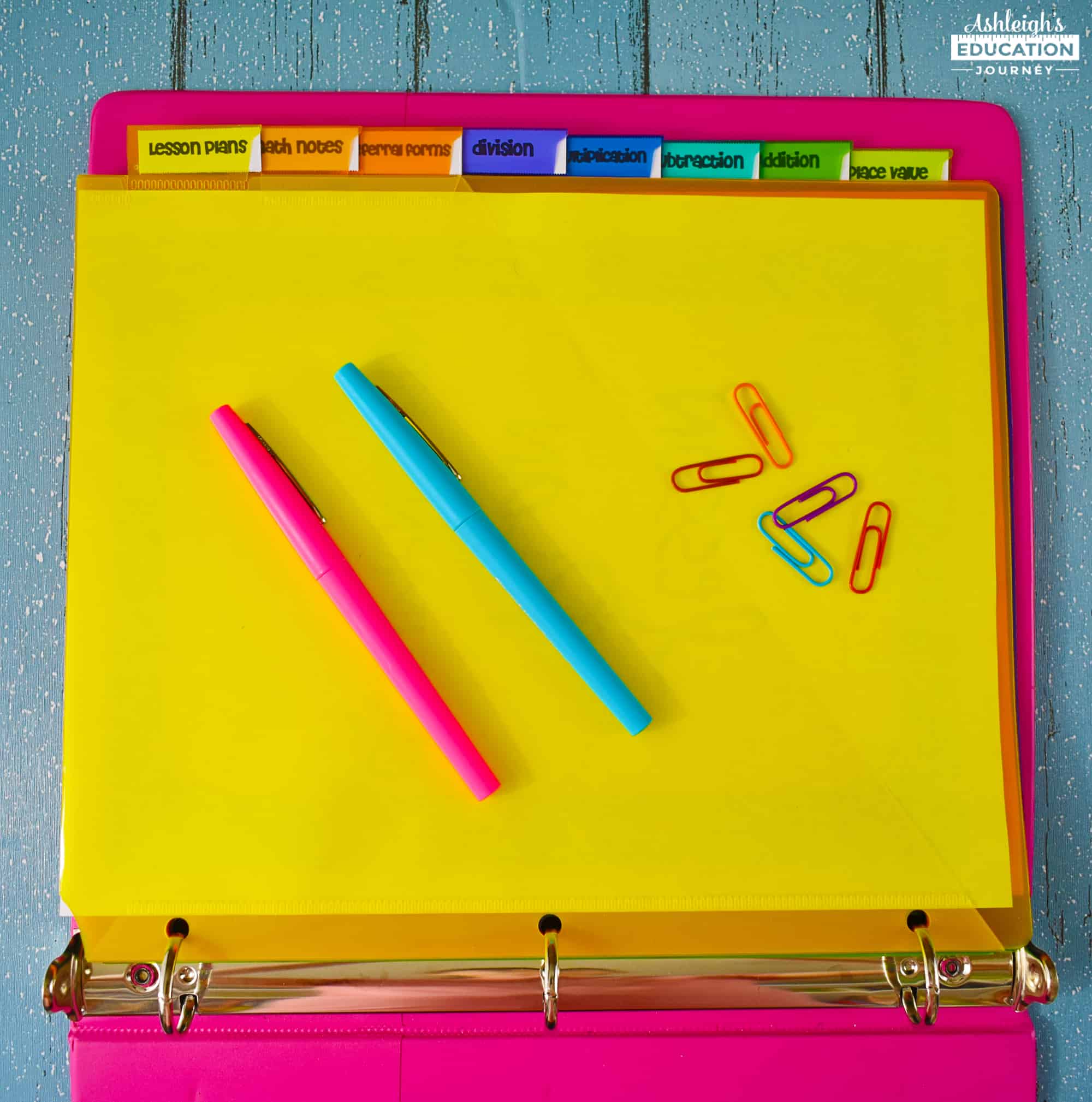
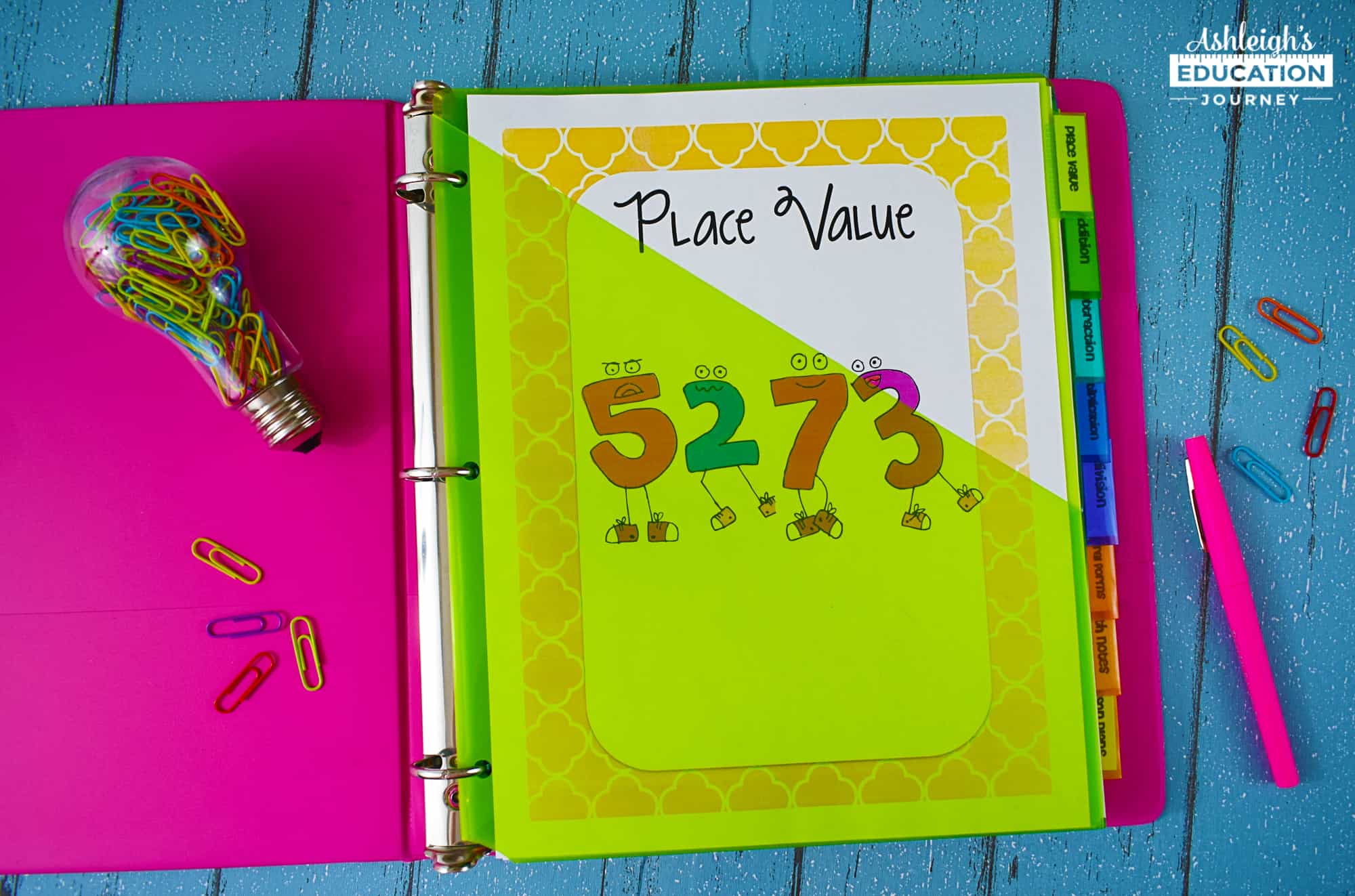
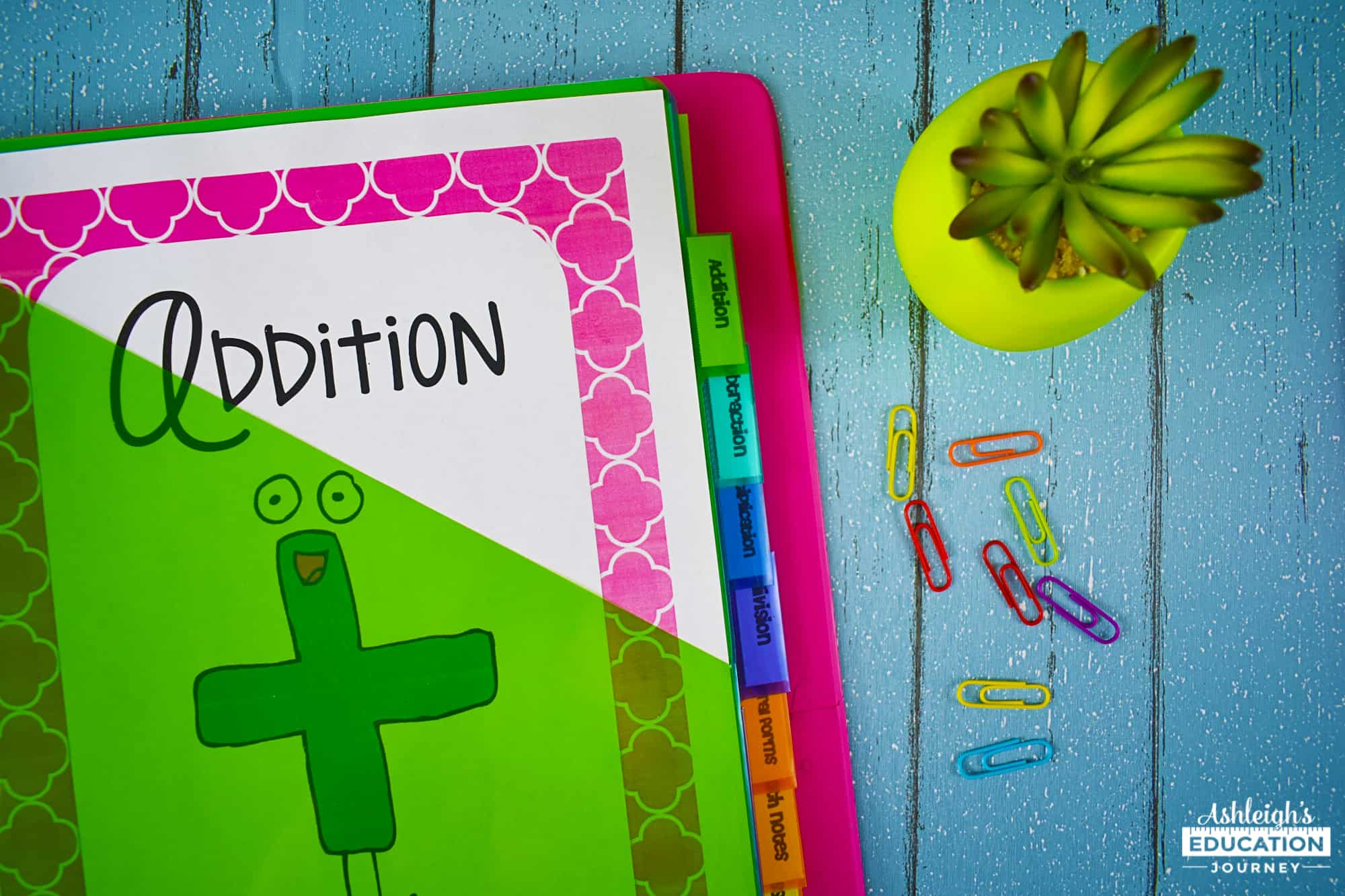
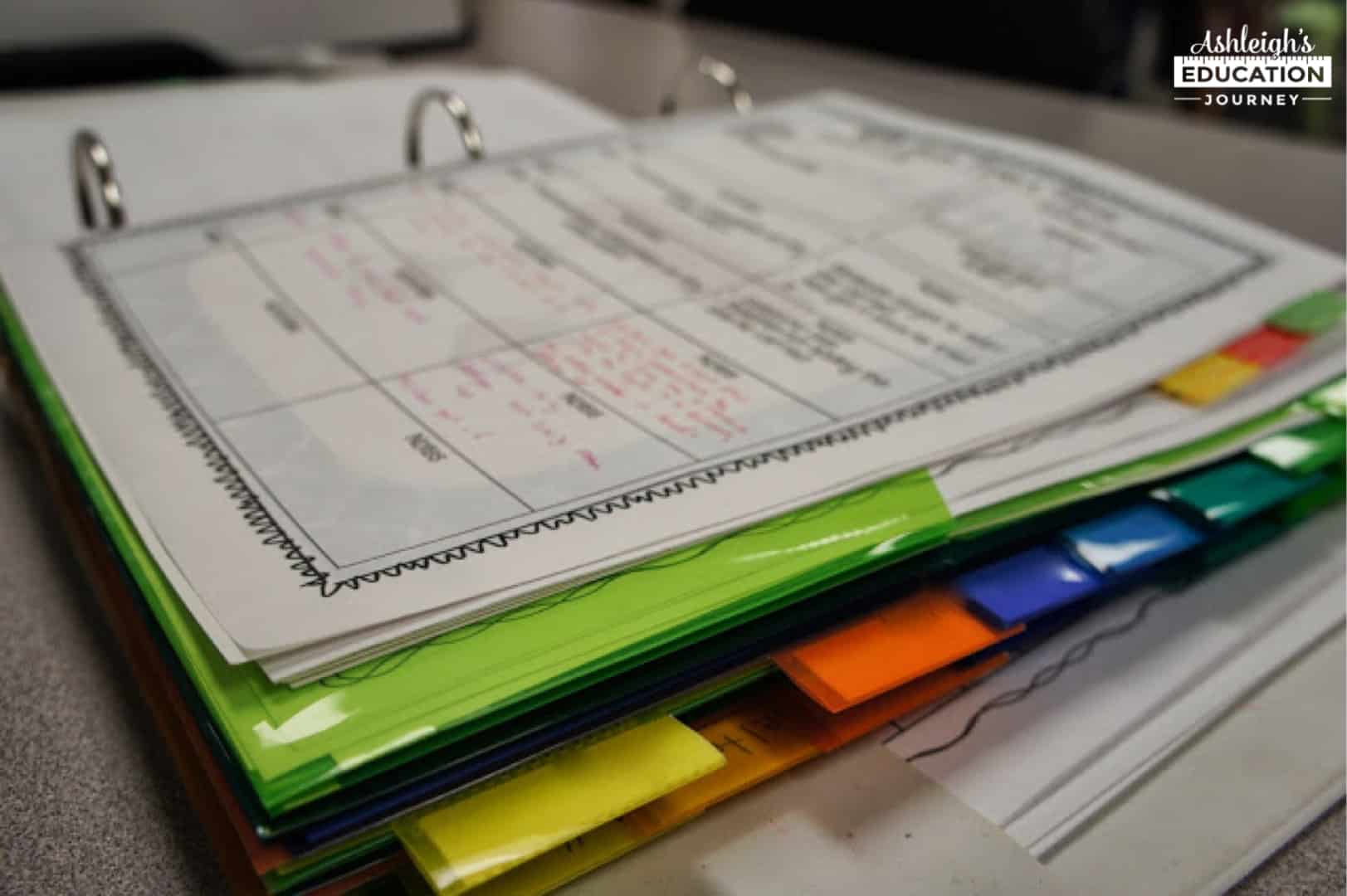
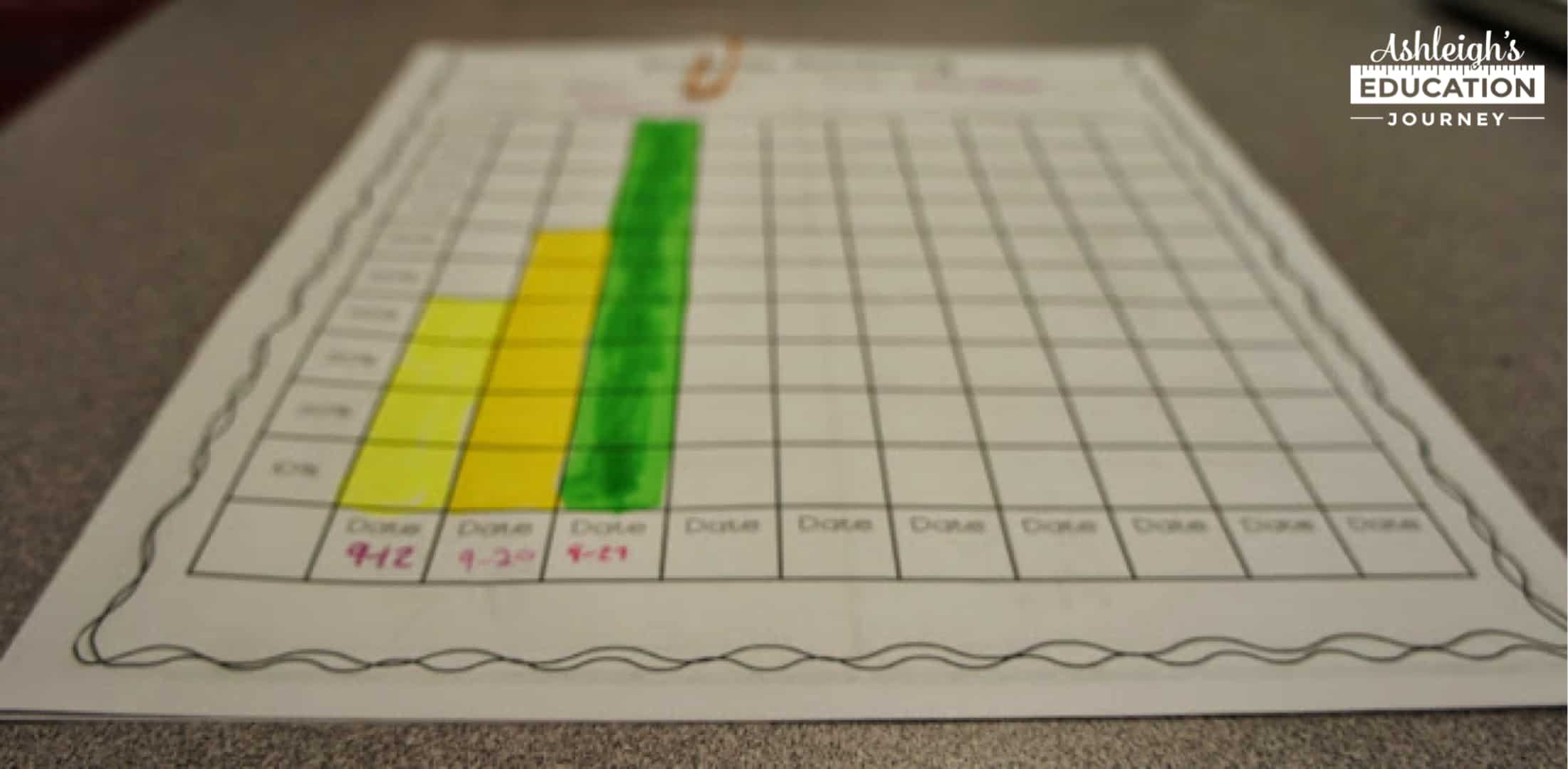
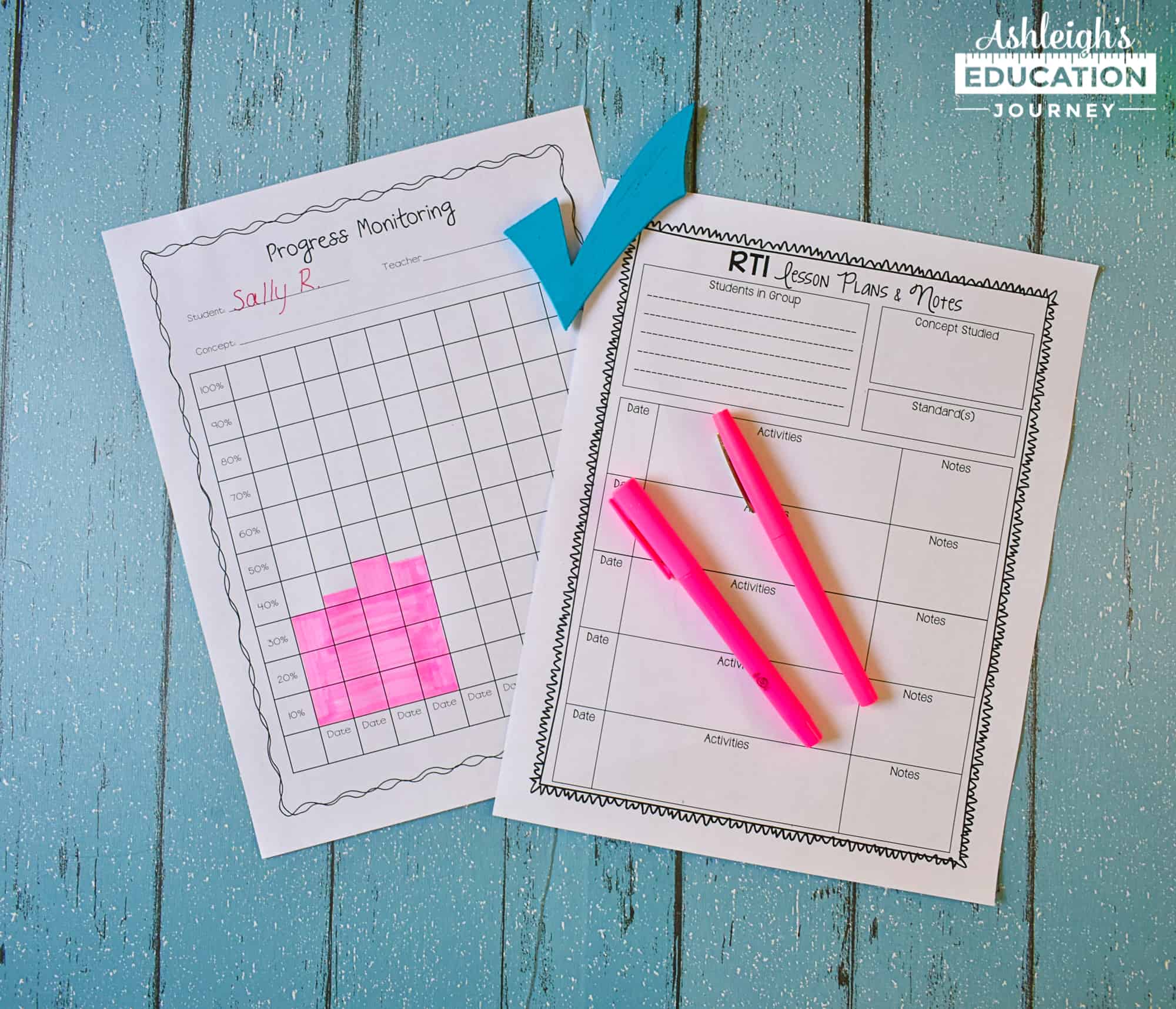
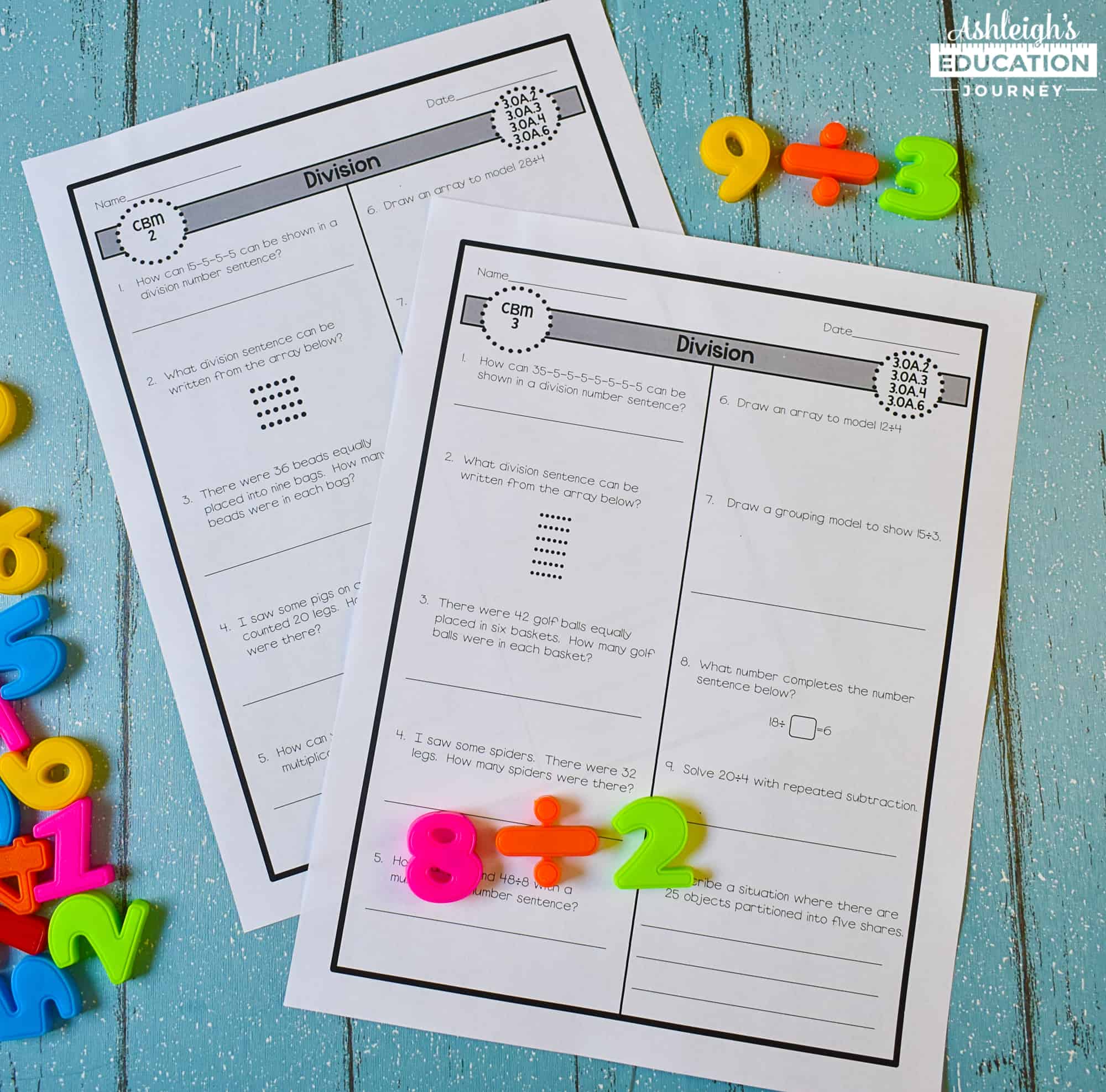
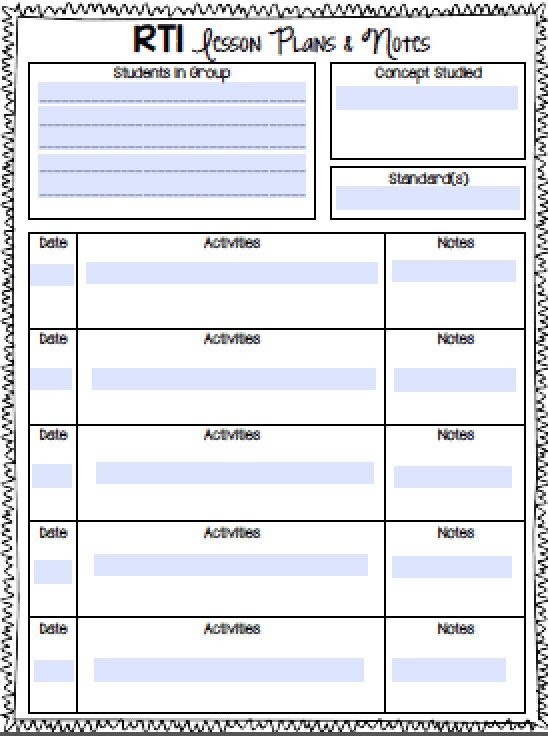
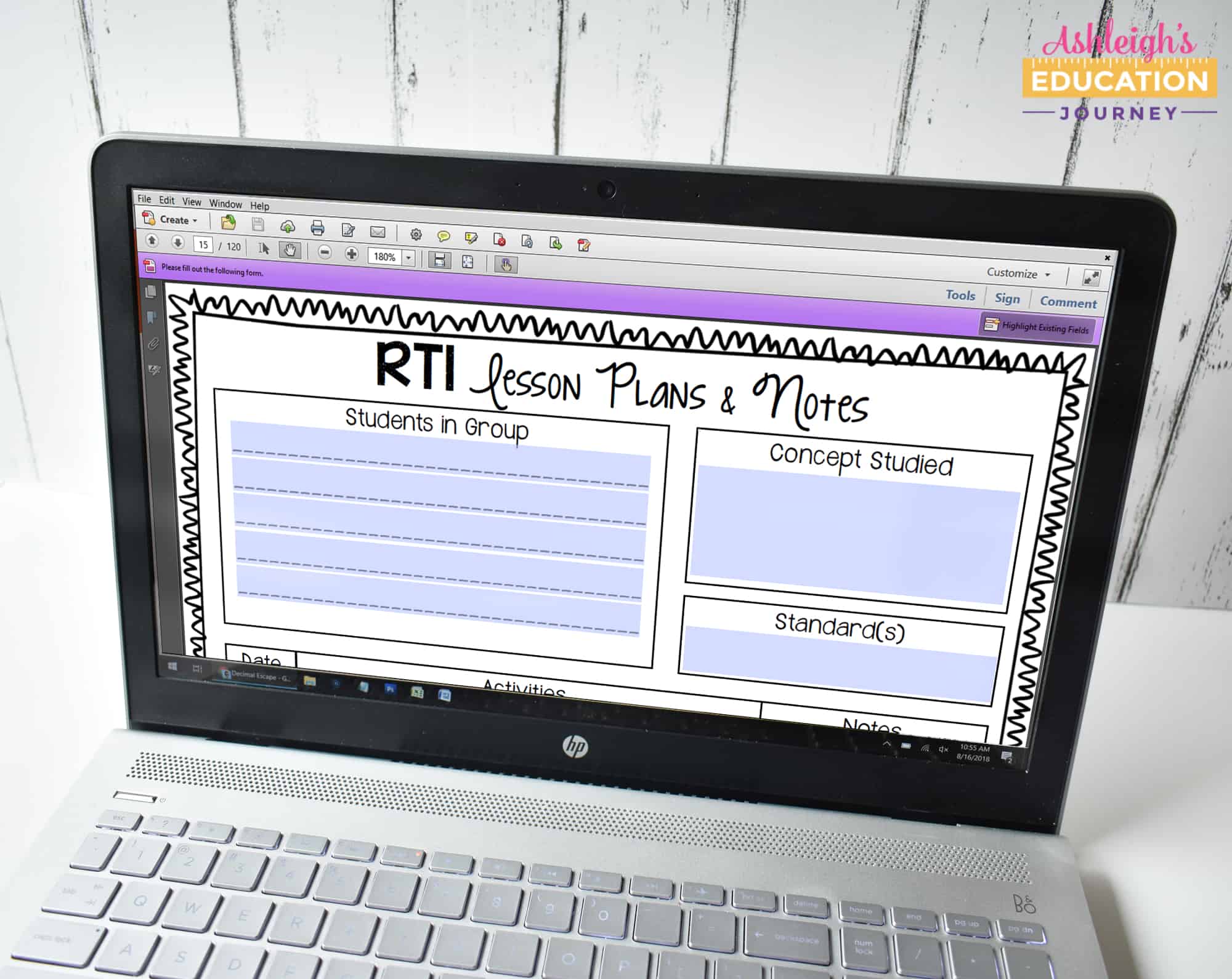
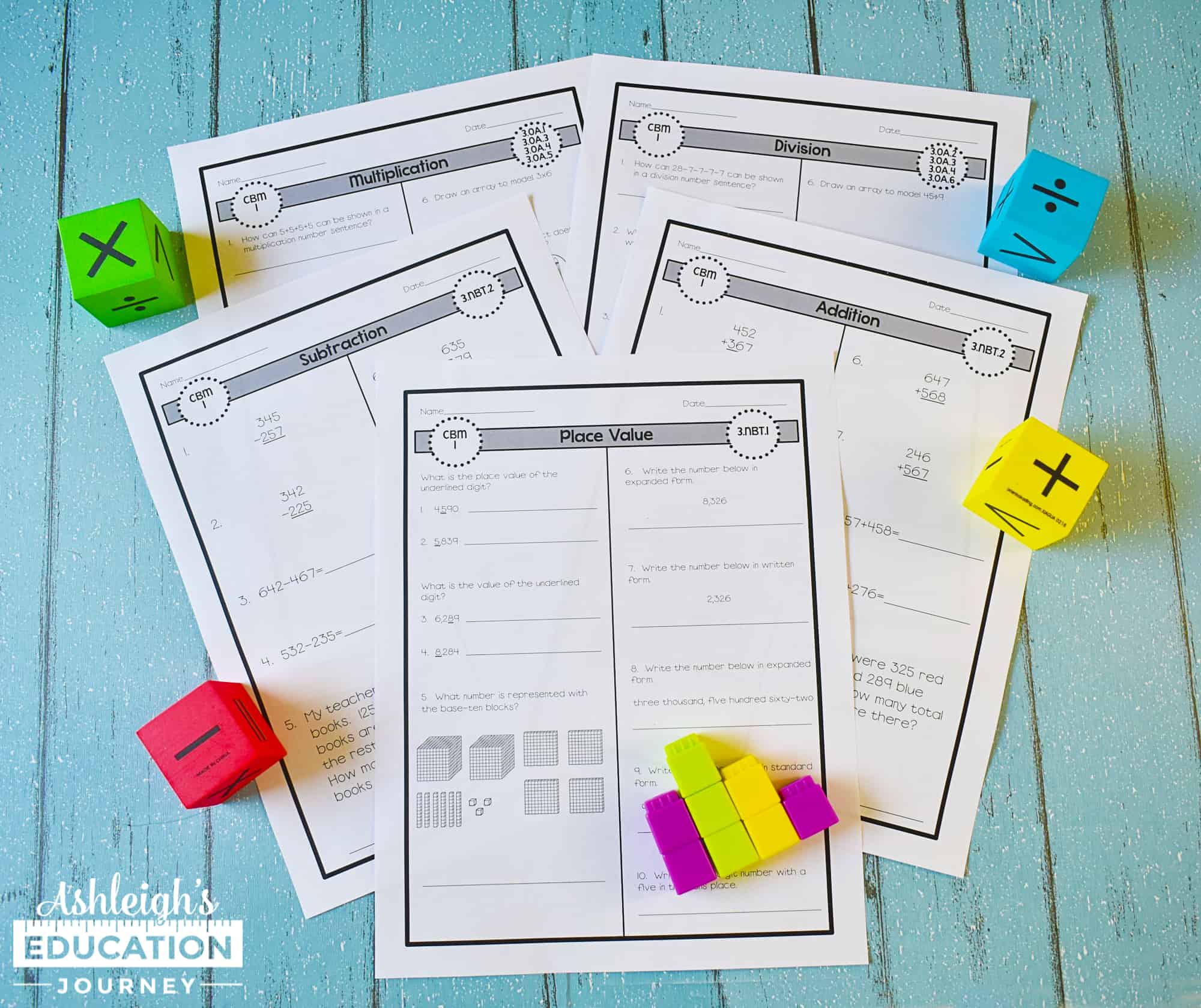
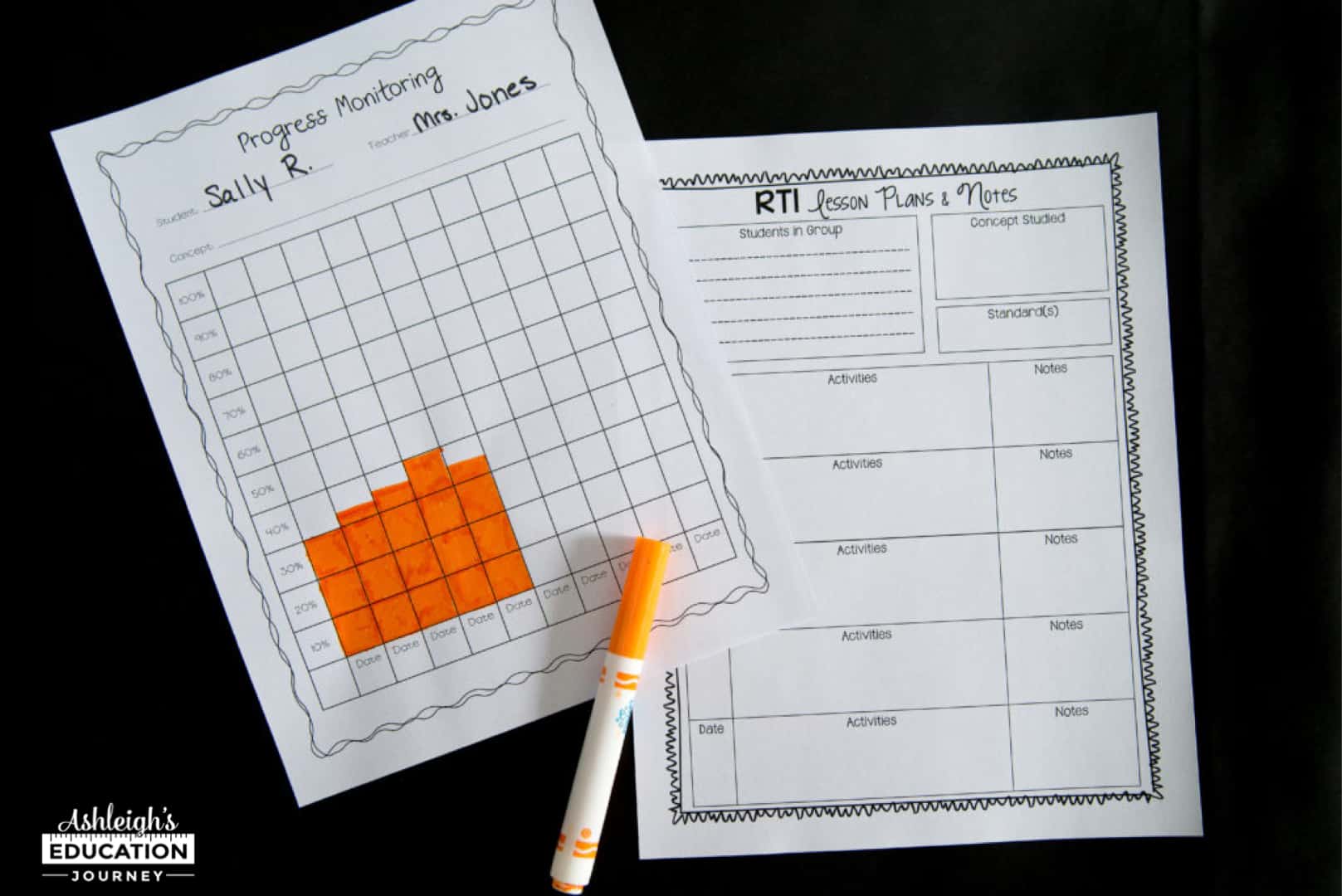
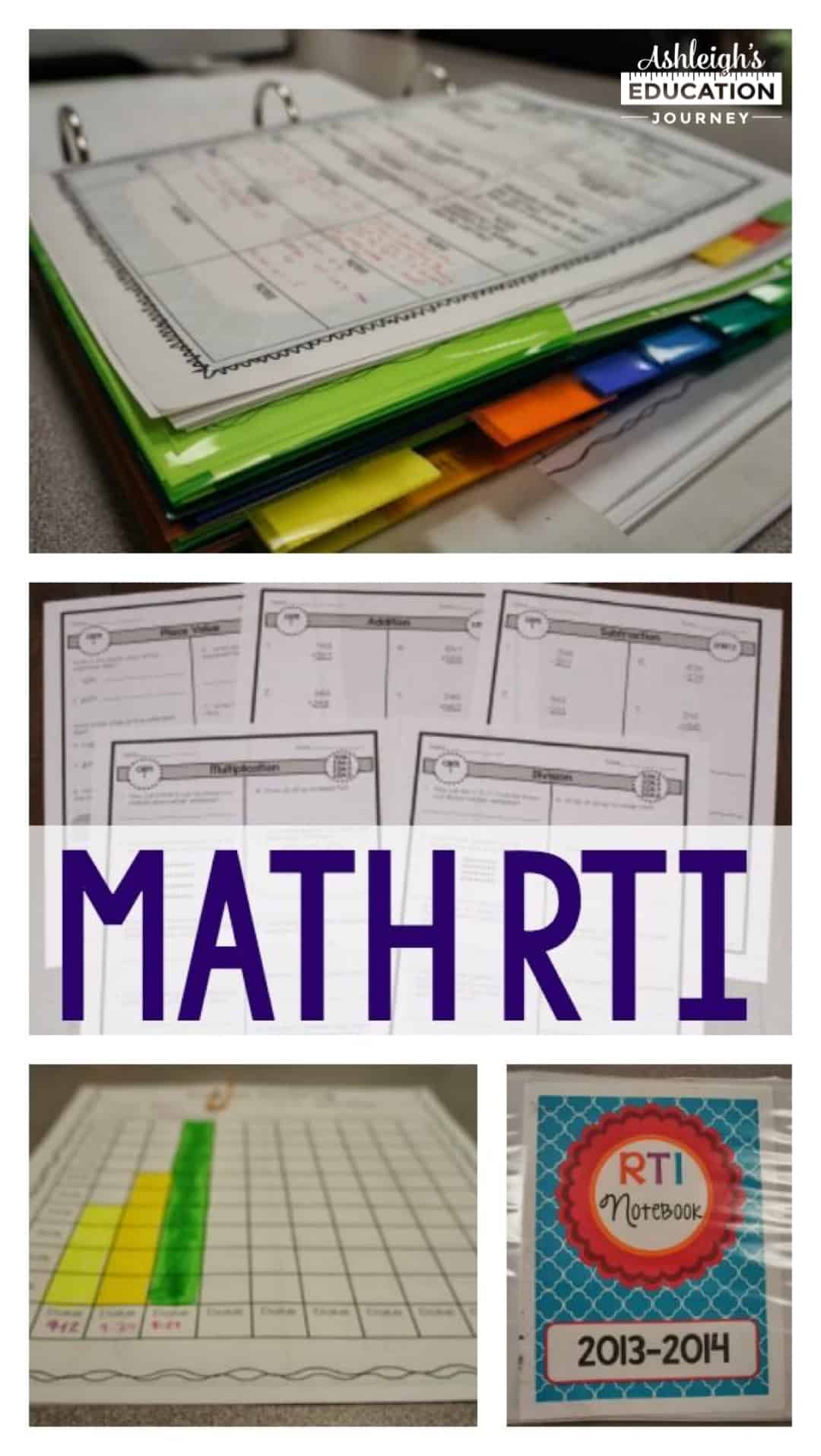


I can’t seem to edit the RTI notebook, is there another link to try?
Do you have the file with the folder where there are two documents?
These are great for progress monitoring. What resource do you use for the math intervention?
That’s a struggle for sure, because I don’t have a set program. I use a lot of Van de Walle lessons. I also use these for fractions.
Is there anyway that you could email me only the editable plan without the other pages? I absolutely LOVE this planner but I cannot have all of the other pages on the download.
There is an editable version in the file! Let me know if you don’t see it.